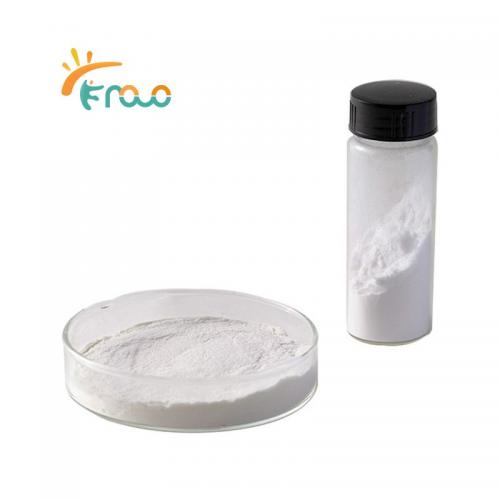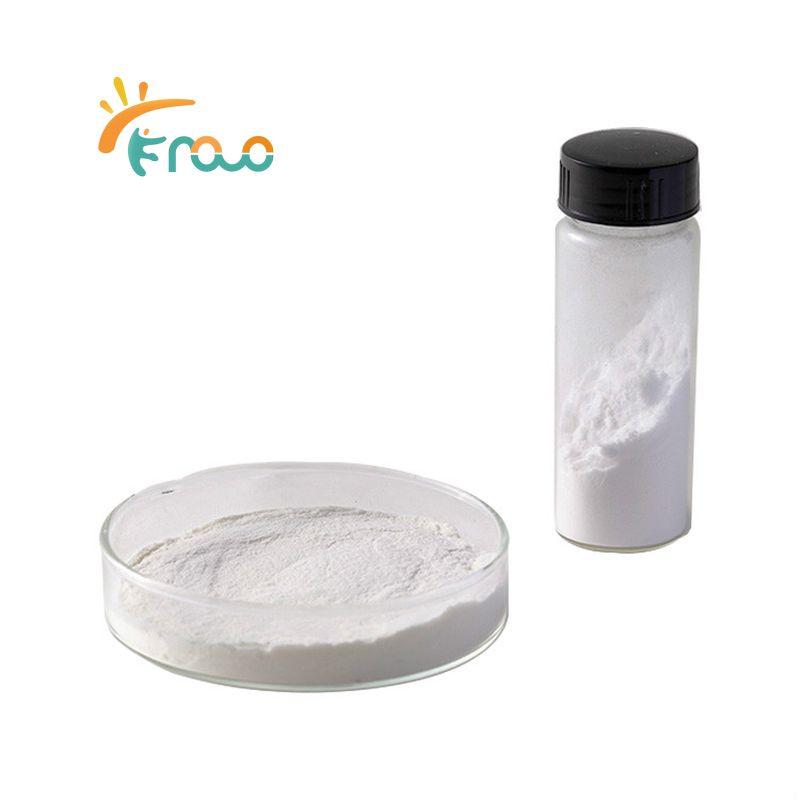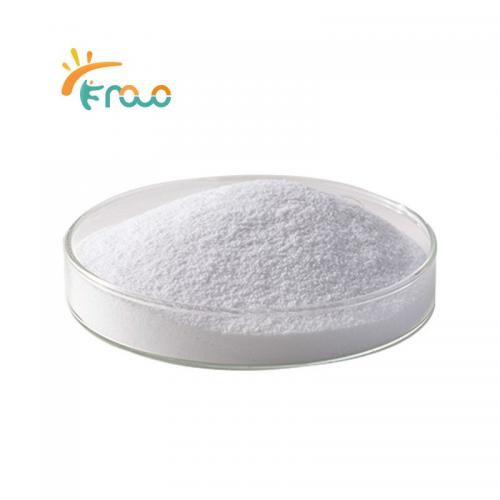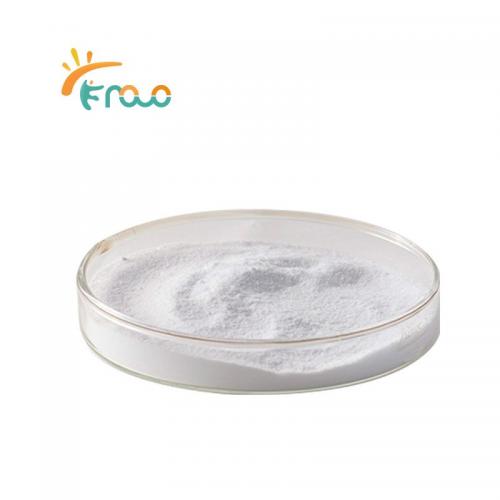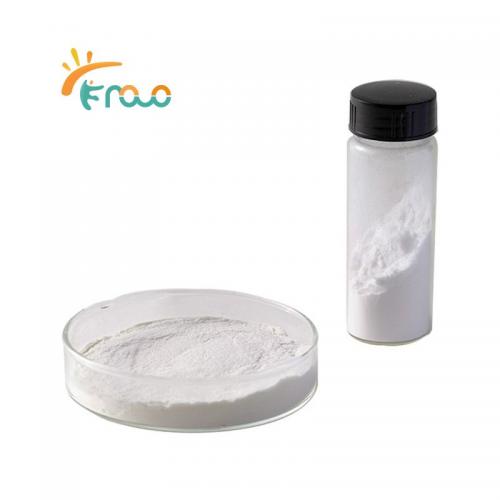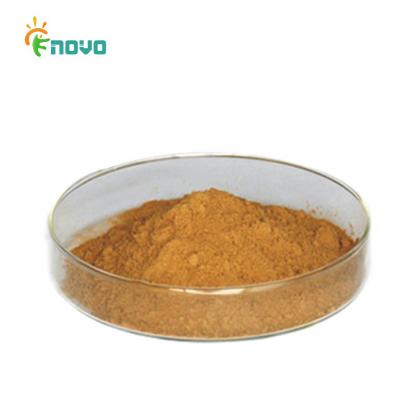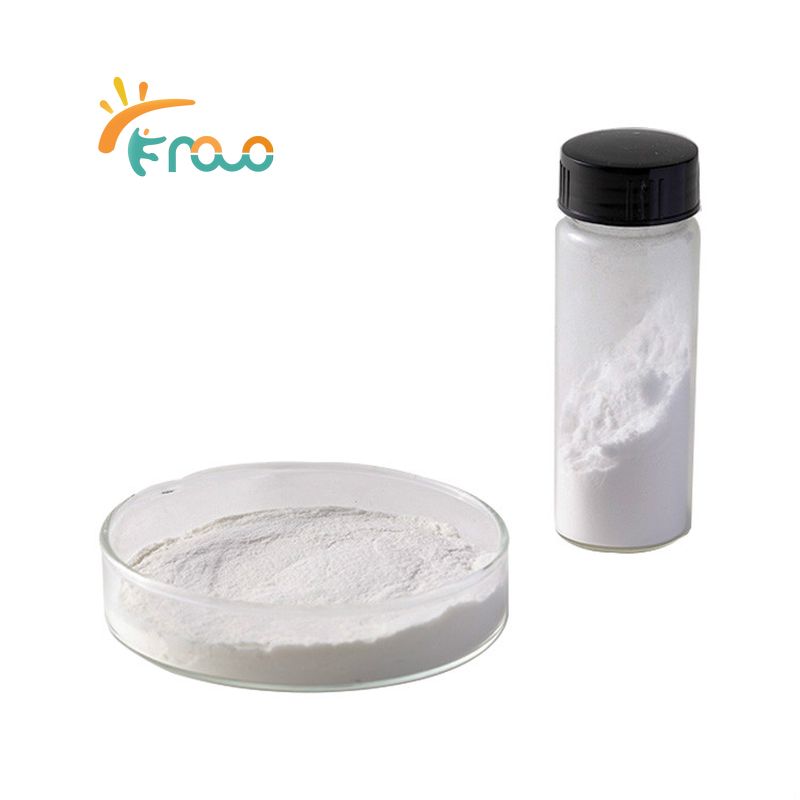
Introduction:
Adenosine 5'-triphosphate (ATP) is a vital molecule found in all living organisms. It is often referred to as the "energy currency" of cells due to its pivotal role in energy storage and transfer. ATP is composed of three phosphate groups, a ribose sugar molecule, and an adenine base. It plays a crucial role in cellular metabolism and is involved in various physiological processes.
Application:
-
Biological Energy Source: ATP serves as an immediate and universal energy source for biochemical reactions in cells. It is produced through cellular respiration and is used to fuel numerous energy-consuming processes, such as muscle contraction, active transport of molecules across cell membranes, DNA synthesis, and cellular signaling. ATP's ability to release and transfer energy makes it essential for sustaining life processes.
-
Pharmaceutical and Biomedical Research: ATP and its derivatives have significant applications in pharmaceutical and biomedical research. They are used in studies relating to enzymatic reactions, drug discovery, and screening. ATP-binding proteins, such as kinases, are common targets for the development of therapeutic drugs. ATP analogs and inhibitors can also be employed to interfere with specific cellular processes and investigate their functional roles.
-
Industrial and Biotechnological Applications: ATP finds application in various industrial processes and biotechnological applications. ATP-driven enzyme systems are used in industrial production of chemicals, such as amino acids and antibiotics. It is also utilized in bioluminescent assays for testing microbial contamination in food, water, and pharmaceutical products. Additionally, ATP assays are employed for rapid microbiological testing and quality control purposes.
Function:
-
Energy Storage and Transfer: The primary function of ATP is to serve as a carrier and storage molecule for energy in cells. It stores potential energy in the high-energy bonds between its phosphate groups. When ATP is hydrolyzed, breaking the terminal phosphate group, it releases energy that can be utilized by cellular processes. This energy release and transfer allow for the performance of various activities, including muscle contraction and active transport.
-
Cellular Signaling and Communication: ATP plays a crucial role in intercellular and intracellular signaling. It acts as an extracellular signaling molecule, often referred to as a "purinergic transmitter." It can be released from cells and functions as a chemical messenger to communicate with neighboring cells. ATP is involved in processes like neurotransmission, immune responses, and the regulation of vasodilation and vasoconstriction.
-
Metabolic Reactions and Enzyme Activation: ATP participates in numerous metabolic reactions as a coenzyme or a substrate. It is involved in phosphorylation reactions, where ATP transfers its phosphate group to acceptor molecules, activating or modifying them. ATP is also an allosteric regulator for many enzymes, influencing their activity and regulating metabolic pathways.

 English
English










